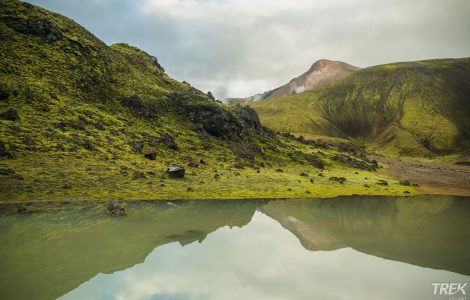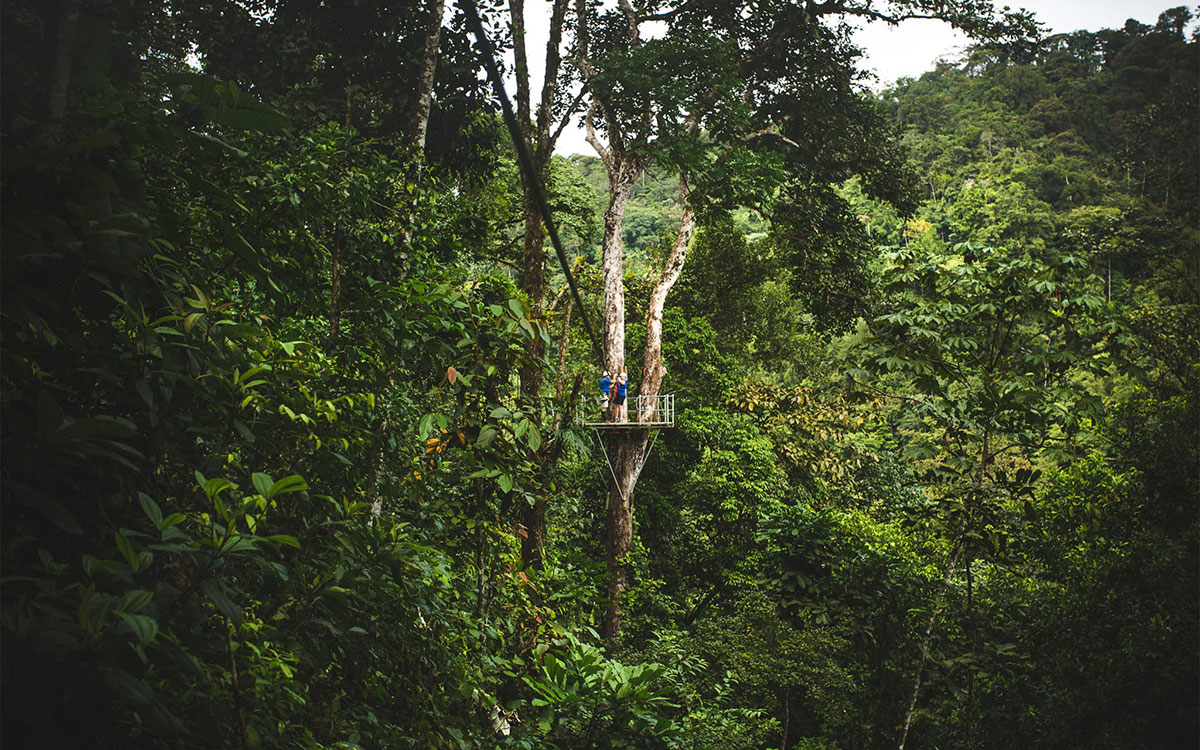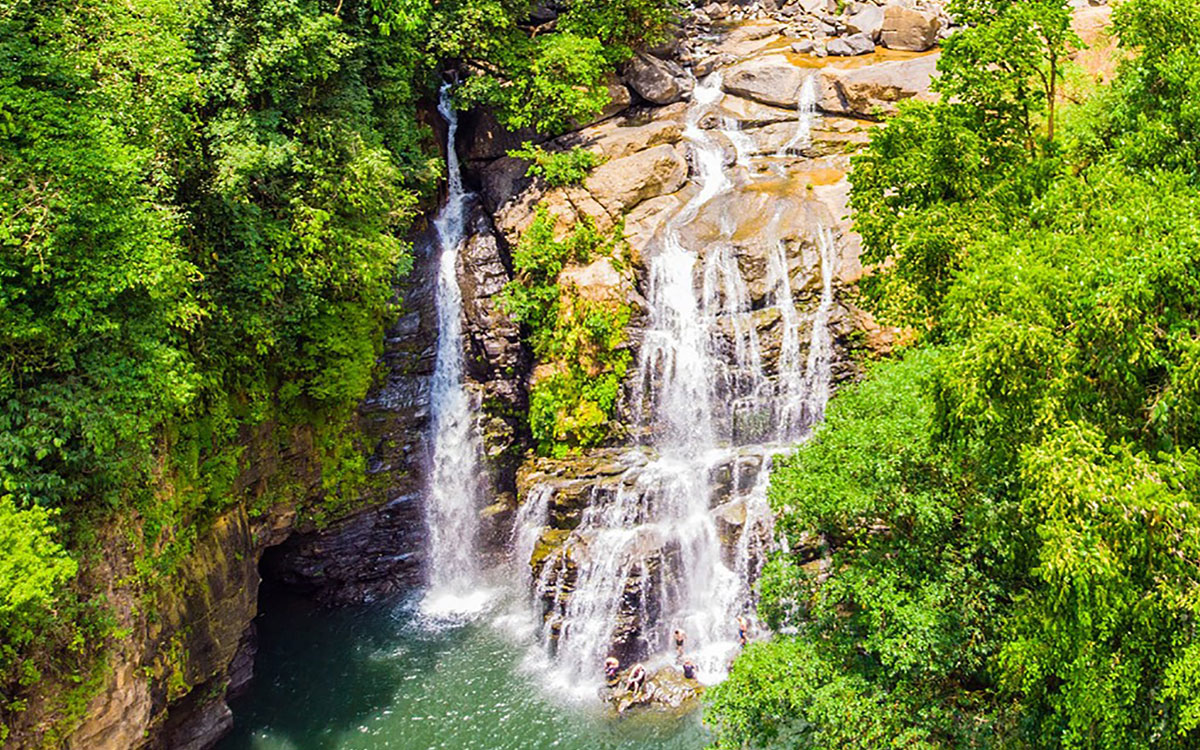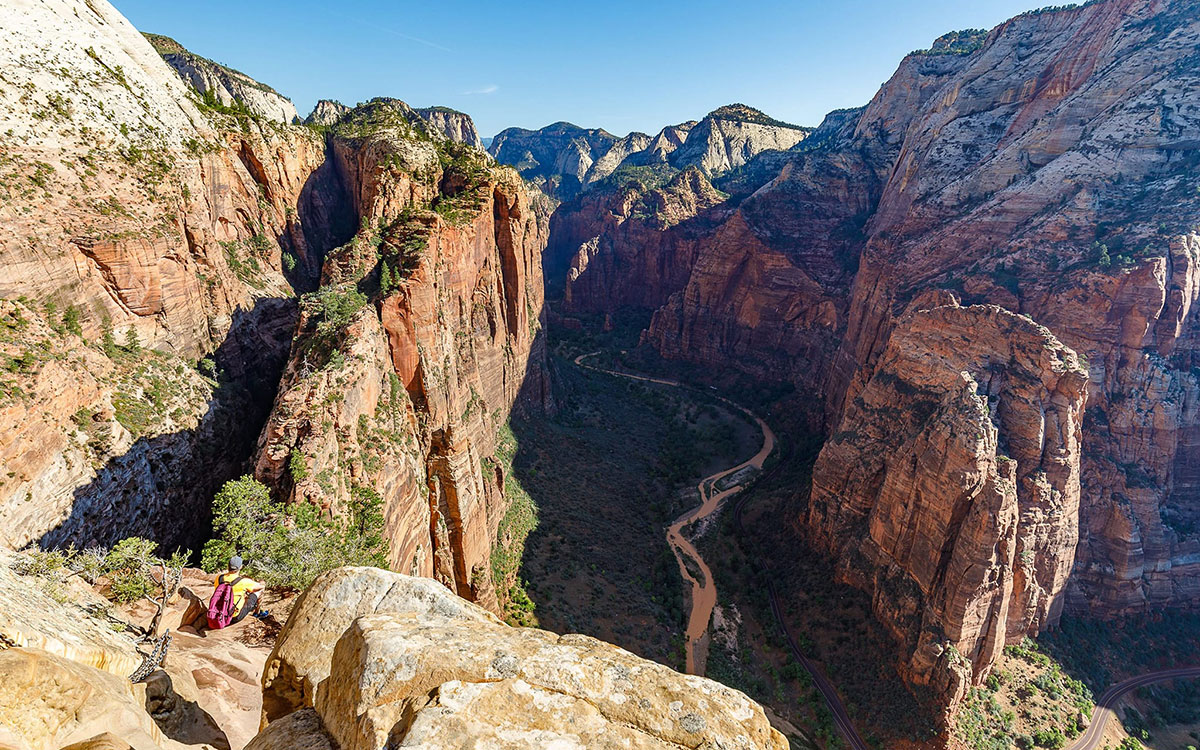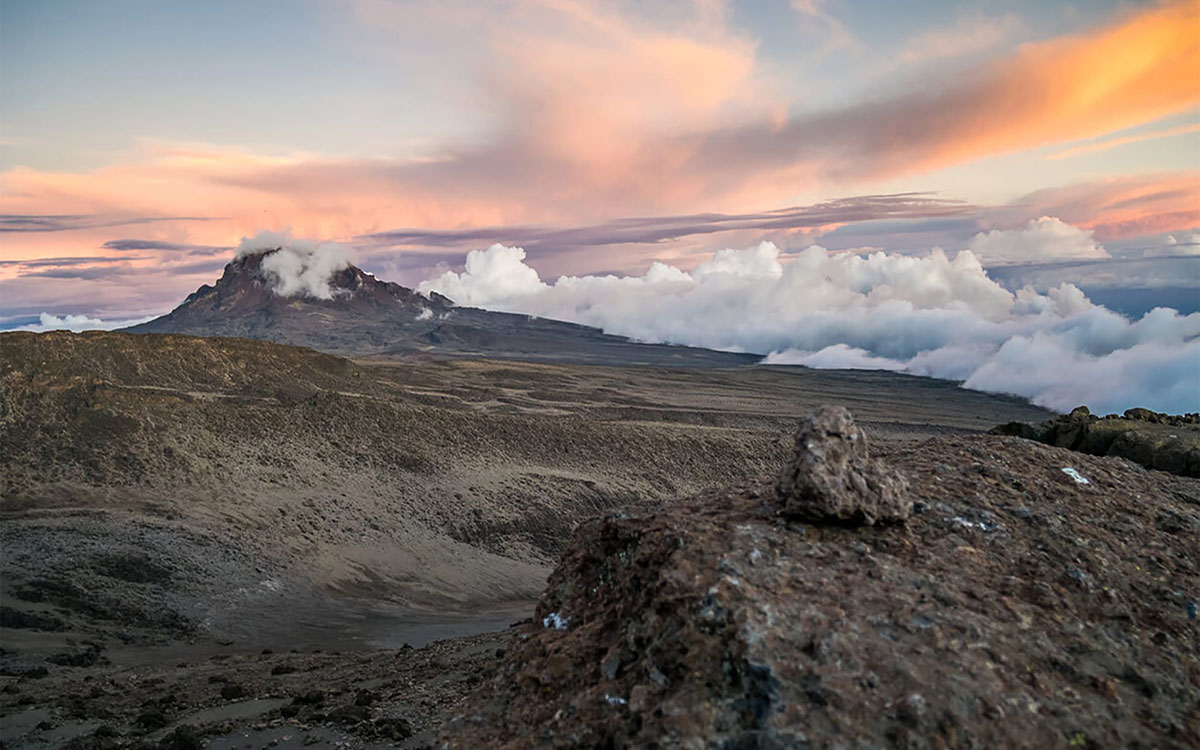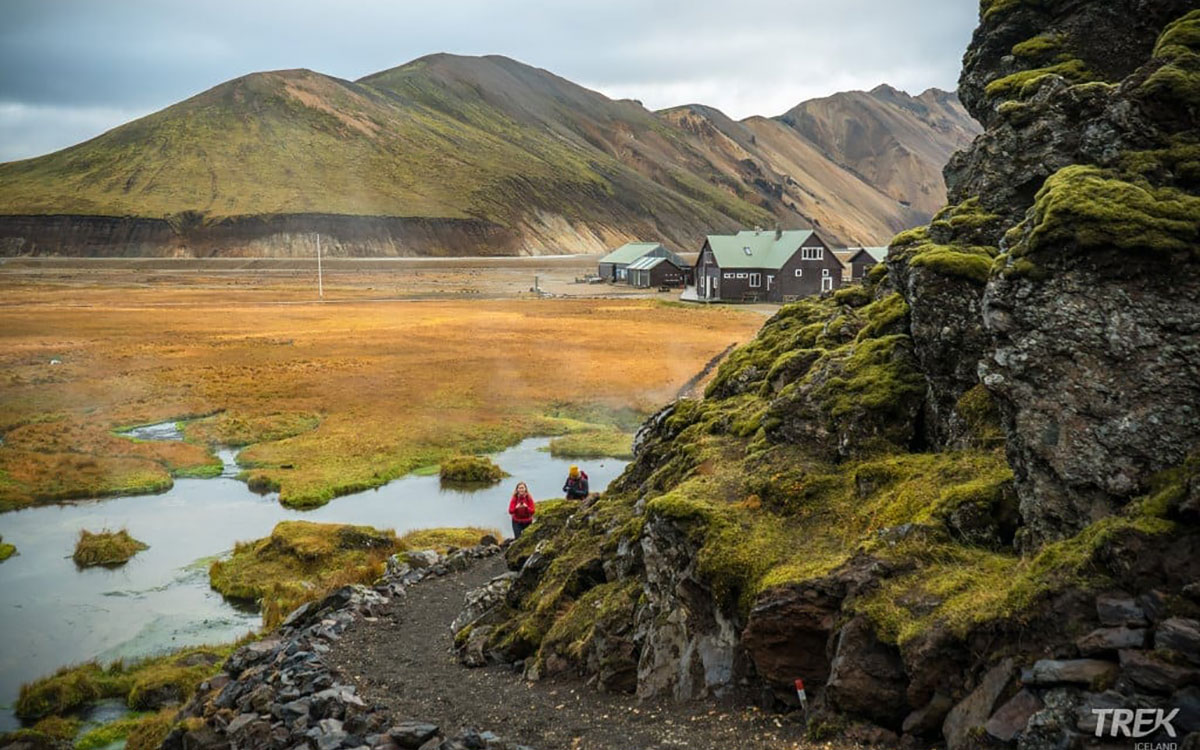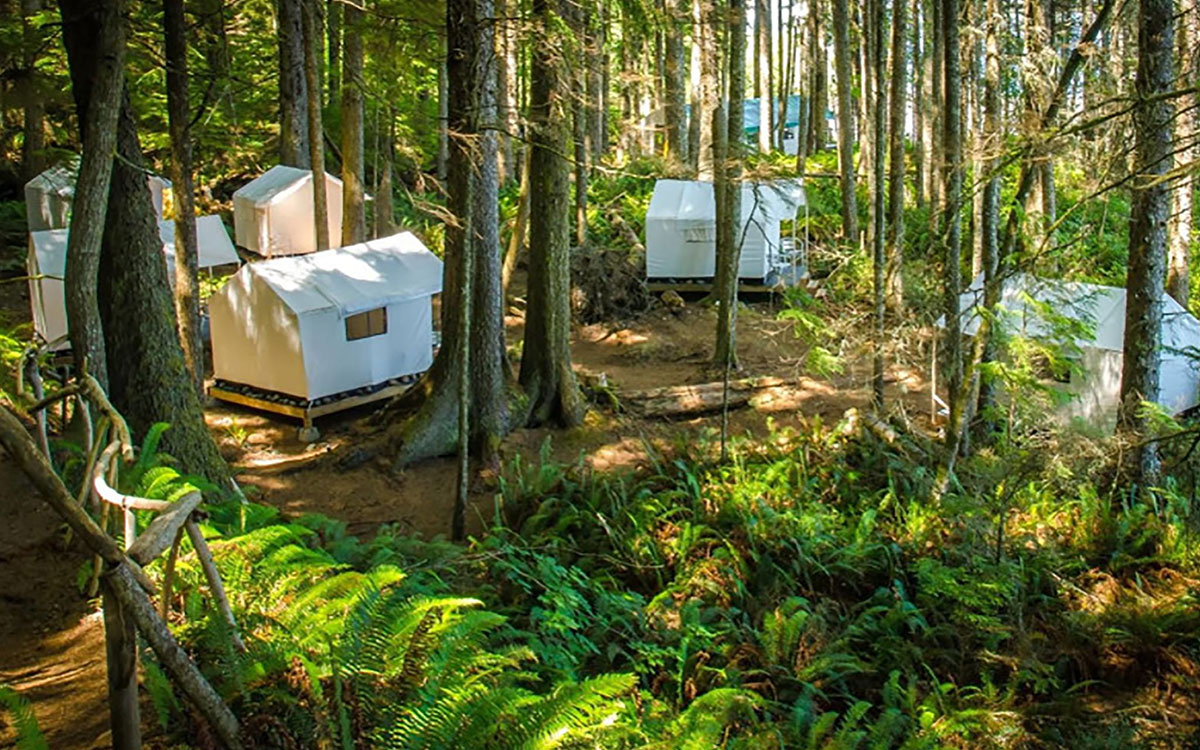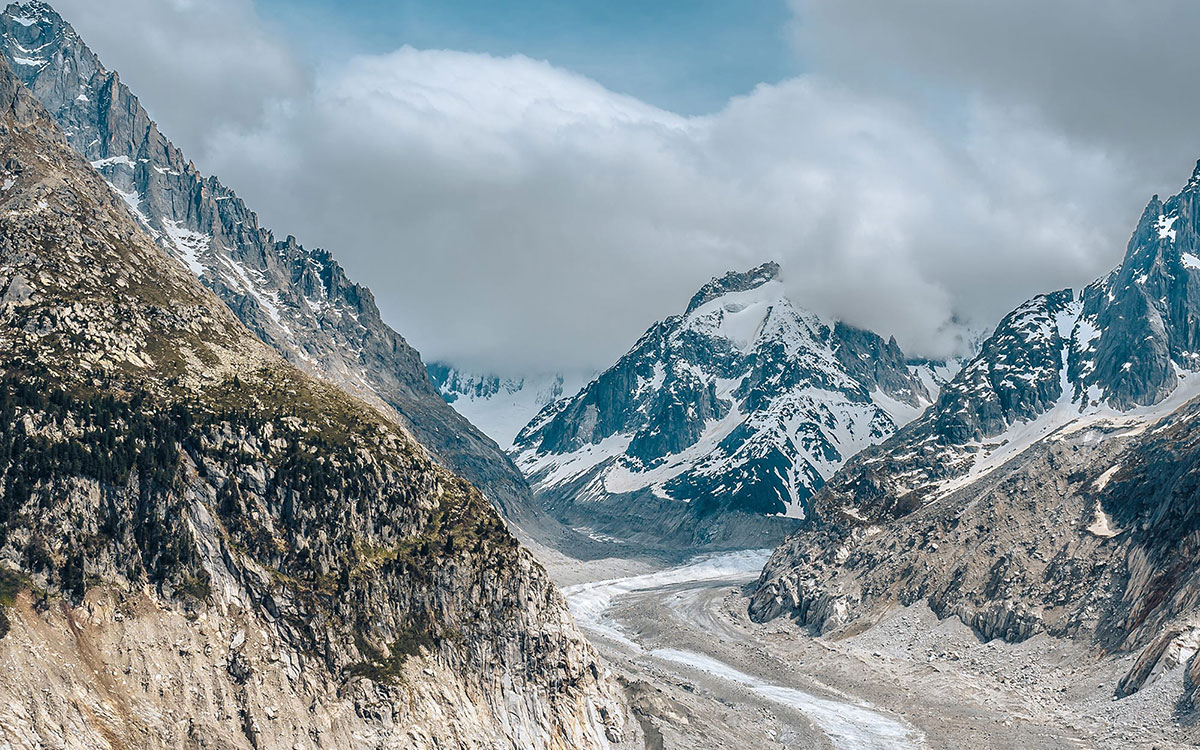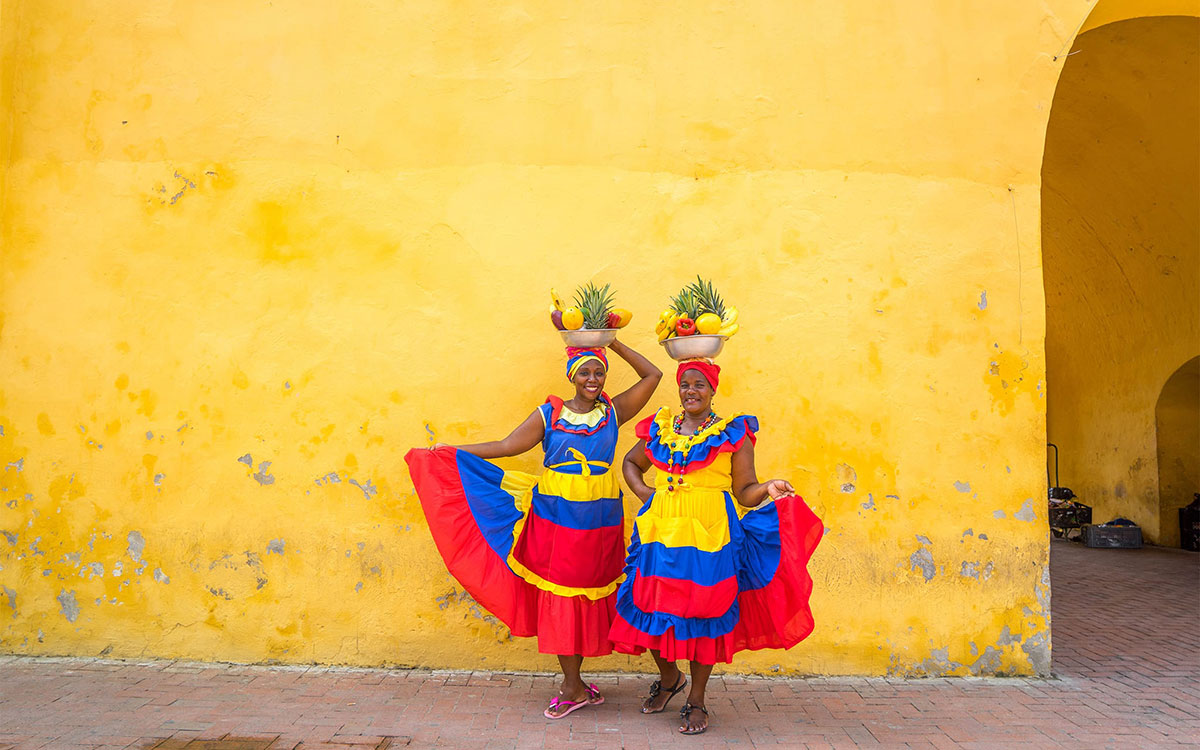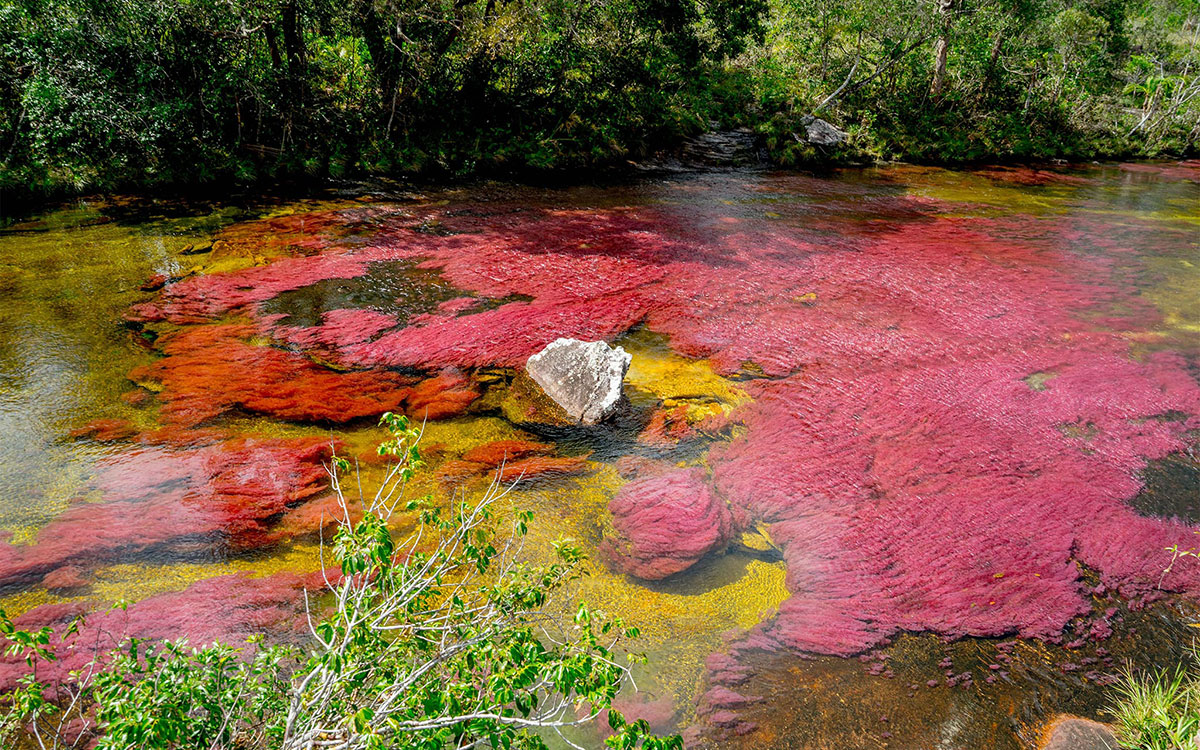Overview
Even if you’ve never been to this Cyclades island in the Aegean Sea, you’d still recognize it immediately – candy-colored houses carved into cliffs, sapphire waters, gleaming white buildings topped with half-spheres the color of a stormy sky. Here you’ll find peace as you roam the black sand beaches or the streets of a provincial village like Imerovigli. Beautiful Oia is world famous for its sunsets, which seem tinted with every shade of an artist’s palette.
Country
Asia
Official language
Greek
Administrative region
South Aegean
Regional unit
Thira
Area (km2)
300,000 km2
Currency unit
Euro
History
Minoan Akrotiri
Excavations starting in 1967 at the Akrotiri site under the late Professor Spyridon Marinatos have made Thera the best-known Minoan site outside of Crete, homeland of the culture. The island was not known as Thera at this time.
Dating of the Bronze Age eruption
The Minoan eruption provides a fixed point for the chronology of the second millennium BC in the Aegean, because evidence of the eruption occurs throughout the region and the site itself contains material culture from outside. The eruption occurred during the "Late Minoan IA" period at Crete and the "Late Cycladic I" period in the surrounding islands.
Ancient and Medieval Santorini
Santorini remained unoccupied throughout the rest of the Bronze Age, during which time the Greeks took over Crete.
In the Greek State
Santorini became independent of Ottoman rule in 1821, during the Greek War of Independence, and was united with Greece in 1830 under the Treaty of London.
World War II
During the Second World War, Santorini was occupied in 1941 by Italian forces, and in 1943 by those of the Germans. In 1944, the German and Italian garrison on Santorini was raided by a group of British Special Boat Service Commandos, killing most of its men. Five locals were shot in reprisal, including the mayor.
